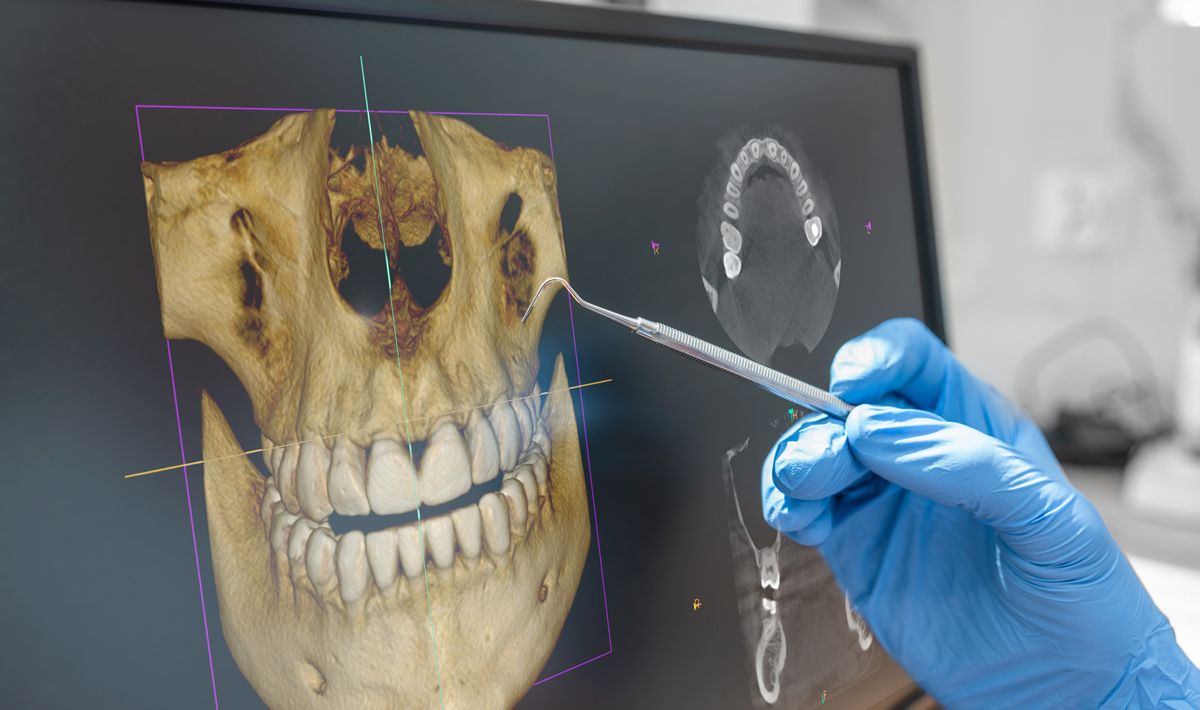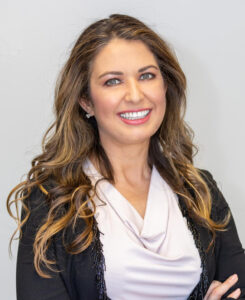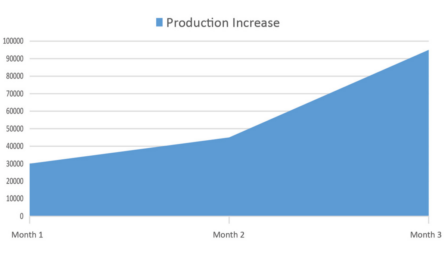Oral health and primary care integration can improve community health and disease management.
By Daniel Beaird
Westwind Integrated Health has been practicing medical and dental integration since 2017. The mission of this Phoenix-based doctor-owned, multispecialty practice is to treat patients through a big picture lens with a focus on overall wellness to help patients become the healthiest version of themselves.
“We empower patients through knowledge to change their behavior,” said Dr. Maryam Beyramian, founder and CEO of Westwind Integrated Health, who has been practicing dentistry for 20 years. “Once you educate patients about their care gaps and what their health could look like in the future, you help them believe in their healthiest version.”
Medical and dental care have long operated parallel to each other, rather than in conjunction. Evidence is mounting to the flaws in quality for patients participating in separate healthcare systems. For example, 55 million Americans don’t receive outpatient medical care, but a quarter of those Americans actually see their dentist. Providing primary care services to those patients could improve population health and chronic disease management.
“Our goal is to improve our patients’ quality of life through prevention of disease,” Dr. Beyramian said. “Chairside screenings close care gaps – we know this. The collaboration between our primary care physicians, dentists, oral surgeons and orthodontists has changed people’s lives.”
Westwind Integrated Health has diagnosed patients with hypertension who were overweight and at risk for diabetes, along with sleep disorders, in hopes of changing the course of their patients’ lives. Patients with facial pain have been treated for TMJ and corrected a sleep disorder with a sleep specialist and a neurologist.
“We have thousands of these stories, and we can fill the care gaps,” Dr. Beyramian explained. “Children with behavioral health issues who had breathing disorders that were originally overlooked and contributed to behavior problems have been treated. We make a difference in these patients’ lives, whether it’s diabetes, cancer, GI disorders, cardiovascular disease or stroke, medical and dental integration is absolutely necessary.”
Westwind began with wellness.
“We wanted to make sure our clinical goals were clear on the outcomes we were seeking,” Dr. Beyramian added. “Our complete focus on integration was to reduce inflammation. We all know inflammation is the root cause of chronic disease, and we’re able to control inflammation through our perio doctors and primary care physicians.”
Westwind’s second focus was to improve outcomes through early prevention and diagnosis via chairside screenings. This improves patient compliance. “We wanted to create a new habit of self-care for them and wanted them to understand it’s just as important to get physicals at it is to get oral hygiene exams,” Dr. Beyramian emphasized.
Dr. Beyramian said many patients don’t know there are solutions to their problems, and they accept their health issues as part of life. But Westwind can help them through an integrated experience they’ve never had before. “When they believe that you’re not a retail facility, they stop shopping around and they start listening to you. They trust you,” she said.
Patients often get “lost” in the medical system due to lack of collaboration between medicine and dentistry. And patients can disappear from the dental chair when they’re diagnosed with something like cancer. “No one tells patients to keep their oral hygiene appointments during these times and those patients can be lost. We need our medical community to help us, and we need to be vocal about it,” Dr. Beyramian said.
Westwind’s dentists and physicians work together in its clinical department. “Our culture has an equal mindset. We have monthly meetings where physicians present topics to educate us on different facets of medicine. Our team members then share that education with our patients.”
With 20 multispecialty doctors on staff, Westwind’s team focuses on providing whole-body health to their patients. “Our bodies aren’t divided into pieces. We are one body, and we need to work together to become healthier as a community,” she said.
Integrated health is resonating with a patient base that is hard to find – between the ages of 20 and 40 years old. Forty percent of Westwind’s patients fall in that age range. “That’s the black hole of patients,” Dr. Beyramian said. “Nobody 30 years old sees a physician until something is wrong with them.” But Westwind’s younger patients are drawn to its whole-body healthcare experience.
“We asked our patients how many would prefer an integrated clinic and 93% of them said they were interested, while 87% said they preferred it,” Dr. Beyramian added. “78% of them said they would spend up to two hours in the office and many more of them said they would spend as long as it takes. We have the relationships within our medical community that drive those patient behaviors.”
Dr. Beyramian emphasizes that Westwind doesn’t have a special patient population. They see the same types of patients that other dental practices see. Their patient breakdown is half male and half female. They have 11 locations in the Phoenix Valley area that serve different patient populations, including pediatric, young adult, geriatric and lower income patients.
“My practice looks like your practice,” Dr. Beyramian said. “But we wanted a vision for the future of our DSO group. Our goal is for our patients to have less hospital visits, less ER visits and less money spent on unnecessary things. Dentists should be integrated into primary care. We’re the first line of defense for our patients.”






